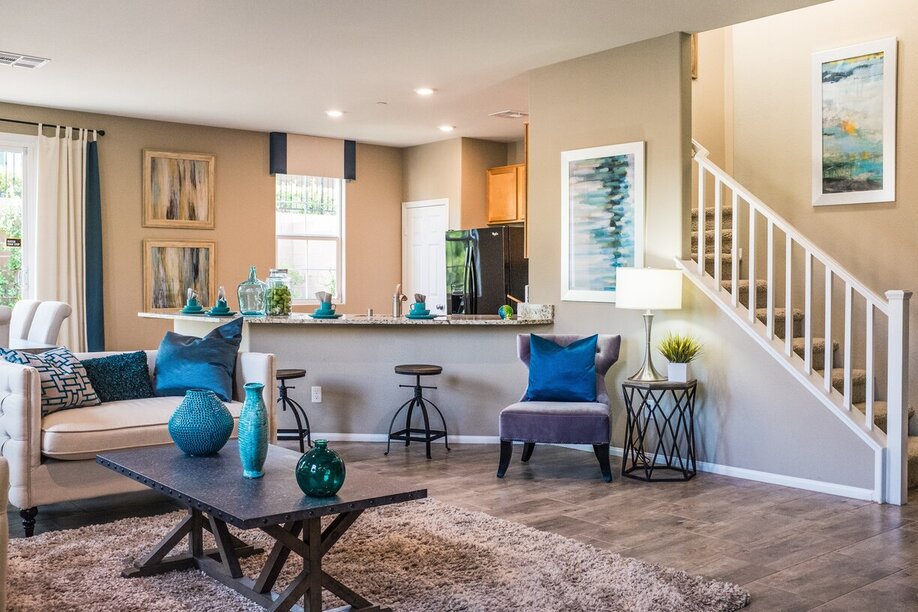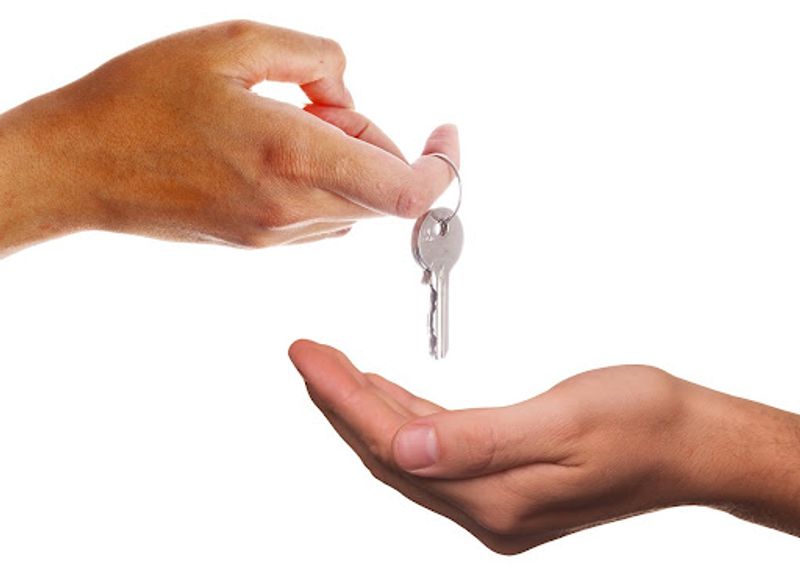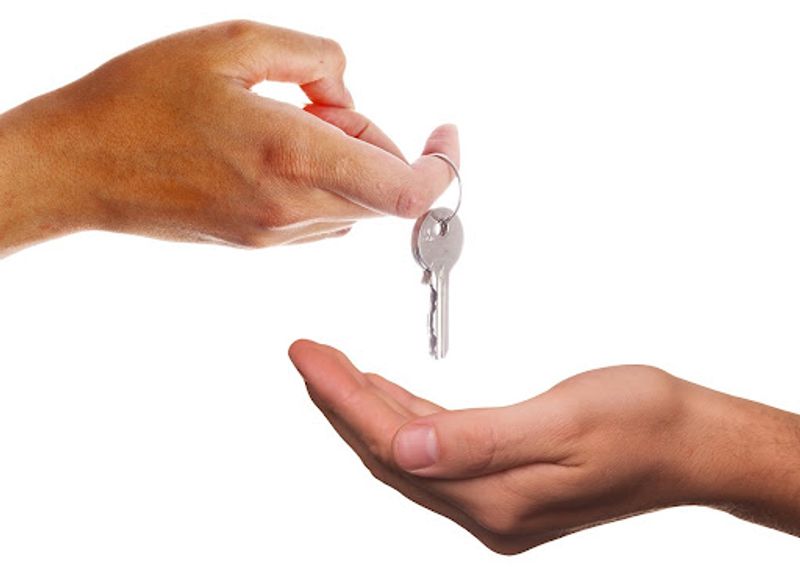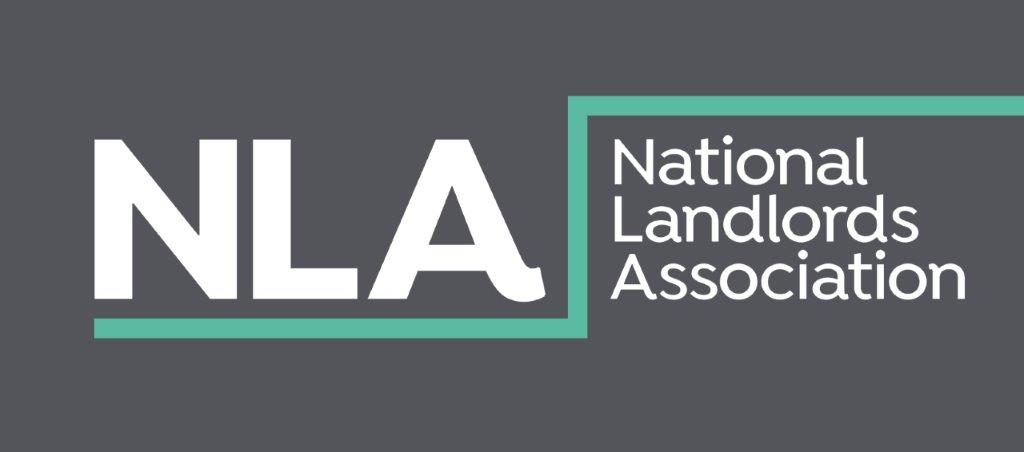
1. Get Unpacked Early, Even The Niggly Bits!
We’ve all been there – you get your new keys and move all the boxes and large items into your new house or apartment. And once the big bits are in place, the sofa’s positioned, and the TV’s on, all you want to do is call it a day and order your first takeaway in your new home. Next thing you know, it’s three months later. And you’re still rummaging through half-empty boxes in search of the tin opener or that half-burnt-out Yankee candle – which you know would go perfectly on the bathroom windowsill.
The best way to feel settled into a new place is to give everything a home and put it in its place as soon as possible. This way you can get in after a long day and won’t be met with chaos and mess. Instead, you’ll feel comfortable being in an organised and tidy space.
Don’t worry about giving all of your items their forever homes straight away. Put them away now and reorganise another day.
2. Style Your New Space
The next step is to add a touch of personality to your space. This might mean mixing it up and replacing some items you brought with you from your previous home. As you probably know or will learn, each property has its own personality, and it’s good to decorate in line with this. You might find yourself playing around with different positionings of items or decorations as you discover the space more. Don’t be afraid to recycle or donate old furniture in favour of new items. And it can always be worthwhile perusing local charity shops and pre-loved stores for some upcycled items.
When it comes to more permanent decorations (e.g. painting or picture nails), most landlords won’t allow this. However, it can be worth speaking to them to see if any compromises can be made.
3. Get To Know Your Neighbours
Whether you’re moving into a new apartment or a house, a great way to settle in is to get to know your new neighbours. It may sound old-fashioned, but it’s worth getting to know people you’ll be seeing regularly and who know the area. Getting to know your neighbours and establishing a point of contact can also be helpful to both parties should any future issues arise.
So, if you haven’t already – go ahead! Post a card, crack open a bottle of red and have a dinner party with your new BFFs.
4. Get To Know The Area
As mentioned, getting to know your new area can also play a big part in helping you settle into your new home. Aside from introducing yourself to your new neighbours, it’s good to try out the local watering holes and eateries. Not only can these be great spots for you to meet more people, but finding your new favourite local can help you start setting roots and feel more at home.
Social media can also be a great way to learn more about your local community. Looking for a community group to join can help you learn about new events and activities in the area and point you in the direction of some new clubs/classes for your favourite hobbies. Or even help you discover a new one!
5. Get Involved In The Local Community
Once you have researched the local community and any events or activities it holds, go ahead and attend one. Maybe the local pub holds a weekly quiz? A party in the park? Or maybe you’ve found an art class that you’ve always wanted to do, but never got around to. Whether it’s a club, a gym or a local event, getting involved and familiarising yourself with the area and people within it will help make you feel at home.

If you’re living in Bristol or looking to move to the area, then make sure to follow us on Instagram to keep up-to-date on events, offers and all things Bristol!
















